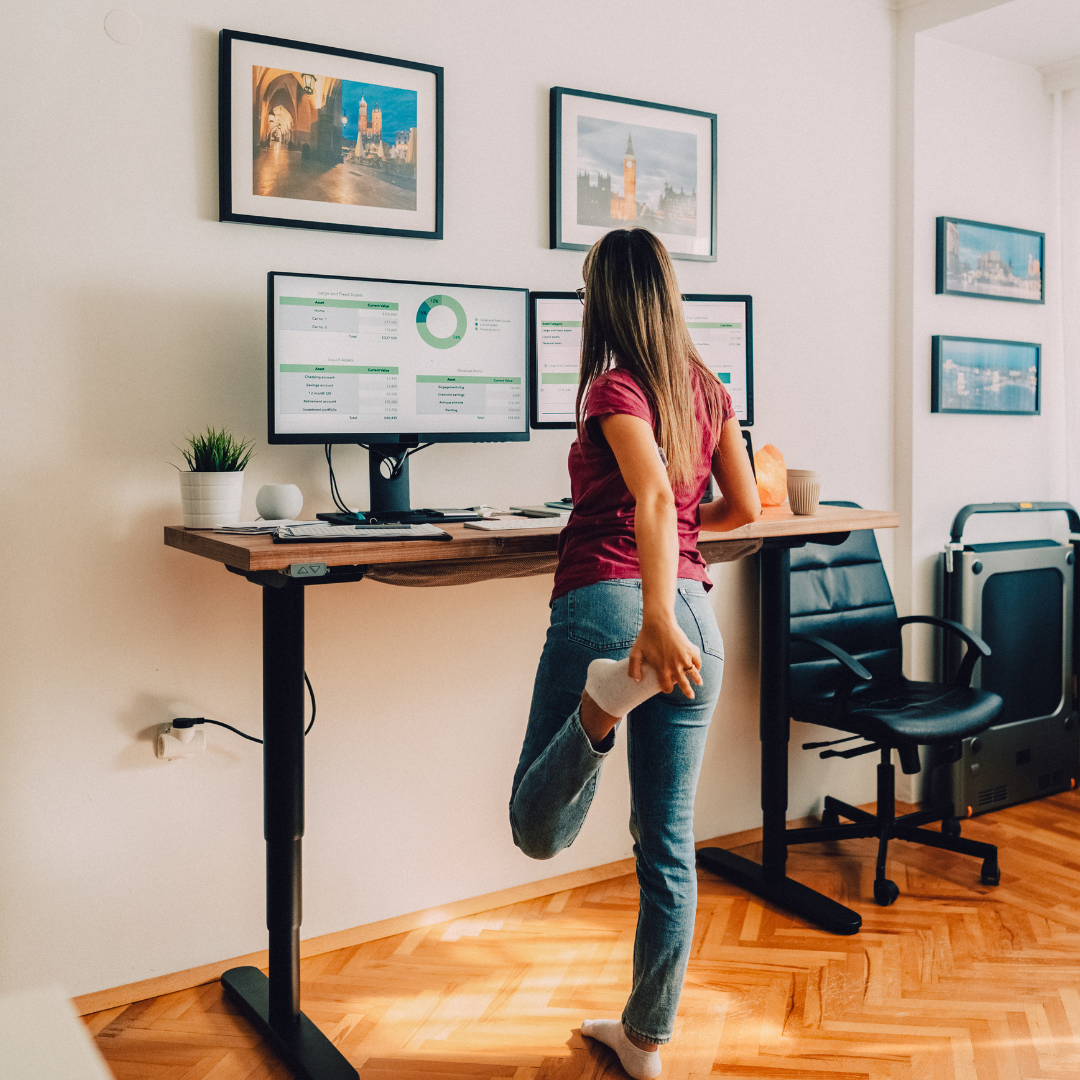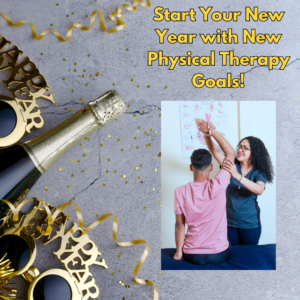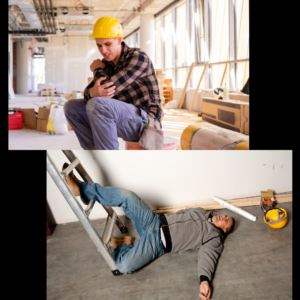Living with chronic back pain can be debilitating, affecting your overall quality of life. While various factors contribute to back pain, poor posture and ergonomics are often major culprits. Fortunately, making adjustments to your posture and incorporating ergonomic practices into your daily routine can significantly reduce back pain and promote a healthier lifestyle. In Mastering Ergonomics for Optimal Posture, we’ll explore the importance of ergonomics and posture and provide practical tips for achieving a back pain-free lifestyle.
Understanding Ergonomics
Ergonomics is the science of designing and arranging objects and environments to fit the human body’s natural movements and limitations. When applied to everyday activities and workstations, ergonomic principles help reduce strain and stress on the back, neck, and other parts of the body. By promoting proper alignment and reducing repetitive movements, ergonomics can alleviate back pain and improve overall comfort.
Assessing Your Workspace
Whether you work from home or in an office, your workstation setup plays a crucial role in your posture and back health. Here are some essential considerations for an ergonomic workspace:
Chairs
Invest in an adjustable chair that provides proper lumbar support and allows you to maintain a neutral spine position.
Desk and Monitor
Position your desk and monitor at an appropriate height to avoid hunching or straining your neck. Adjust the monitor to eye level and use a document holder if necessary.
Keyboard and Mouse
Place your keyboard and mouse within easy reach, keeping your wrists in a neutral position. Consider using an ergonomic keyboard and mouse to minimize strain on your hands and wrists.
Ergonomic Tips for Everyday Life
Ergonomics goes beyond the workspace. Apply these adjustments to everyday activities to minimize strain on your back:
Sleeping
Choose a mattress and pillow that provide adequate support for your spine. Maintain a neutral sleeping position by avoiding sleeping on your stomach and using a pillow between your knees when sleeping on your side.
Car Posture
Adjust your car seat and steering wheel to ensure a comfortable and ergonomic driving position. Use a lumbar support cushion if needed.
Backpack Usage
When carrying a backpack, use both straps to distribute weight evenly across your shoulders. Adjust the straps to ensure the backpack is snug against your back.
Posture Tips for Daily Activities
Maintaining good posture throughout the day is essential for a healthy back. Here are some posture adjustments you can make in various scenarios:
Sitting
Sit with your back against the chair, shoulders relaxed, and feet flat on the floor. Avoid crossing your legs and ensure your knees are at or slightly below hip level.
Standing
Stand tall with your shoulders back, chin parallel to the ground, and feet hip-width apart. Distribute your weight evenly on both feet and avoid locking your knees.
Lifting
Bend your knees and use your leg muscles when lifting heavy objects. Keep the object close to your body and avoid twisting while lifting.
Incorporating Movement and Exercise
Regular physical activity and targeted exercises can strengthen the muscles that support your spine, improve flexibility, and alleviate back pain. Consider incorporating the following into your routine
Stretching
Perform gentle stretching exercises, focusing on your back, neck, and leg muscles, to reduce muscle tension and improve flexibility.
Core Strengthening
Engage in exercises that target your core muscles, such as planks and bridges, to provide stability and support for your spine.
Low-Impact Aerobic Activities
Engage in activities like walking, swimming, or cycling to promote cardiovascular health and reduce the impact on your back.
Results Physical Therapy’s FREE Online Scoliosis and Back Pain Workshop
Thank you for reading Mastering Ergonomics for Optimal Posture. If you’re experiencing back pain, Results Physical Therapy is hosting a FREE Online Scoliosis and Back Pain Workshop on June 6th from 5:30pm – 6:30pm. This workshop will provide information on the causes of back pain and offer practical tips on how to identify these conditions. The workshop will be led by Master Physical Therapist Andreas Schenk with 40 years of experience and is open to anyone who is interested in learning more about back pain and improving their quality of life.
To register, visit resultsrehab.com/workshops/ .
Want to take the first step toward pain-free living? Schedule a FREE Screening with one of our Doctorate Physical Therapists at resultsrehab.com/free-screening/ .




